© 2000-2023 - Enkey Magazine - All rights reserved
ENKEY SNC - VAT ID IT03202450924 / REA Code CA253701 - Phone. 078162719
It started the tests of the Starship, the spaceship of SpaceX, wanted by Elon Musk, to bring human on Mars. The spaceship passed three tests on four, but the last one finished with a boom.
The starship of Space X
“The Starship is a launch vehicle fully re-usable, in a development phase and financied by SpaceX”.
The two stadios of the vehicle are the booster (Super Heavy) and the spaceship itself (Starship). The project includes everything: both the launcher and the spaceship, together with a technology to transfer the fuel at zero gravity. The spaceship will be used alone (without booster) to carry goods and passengers.
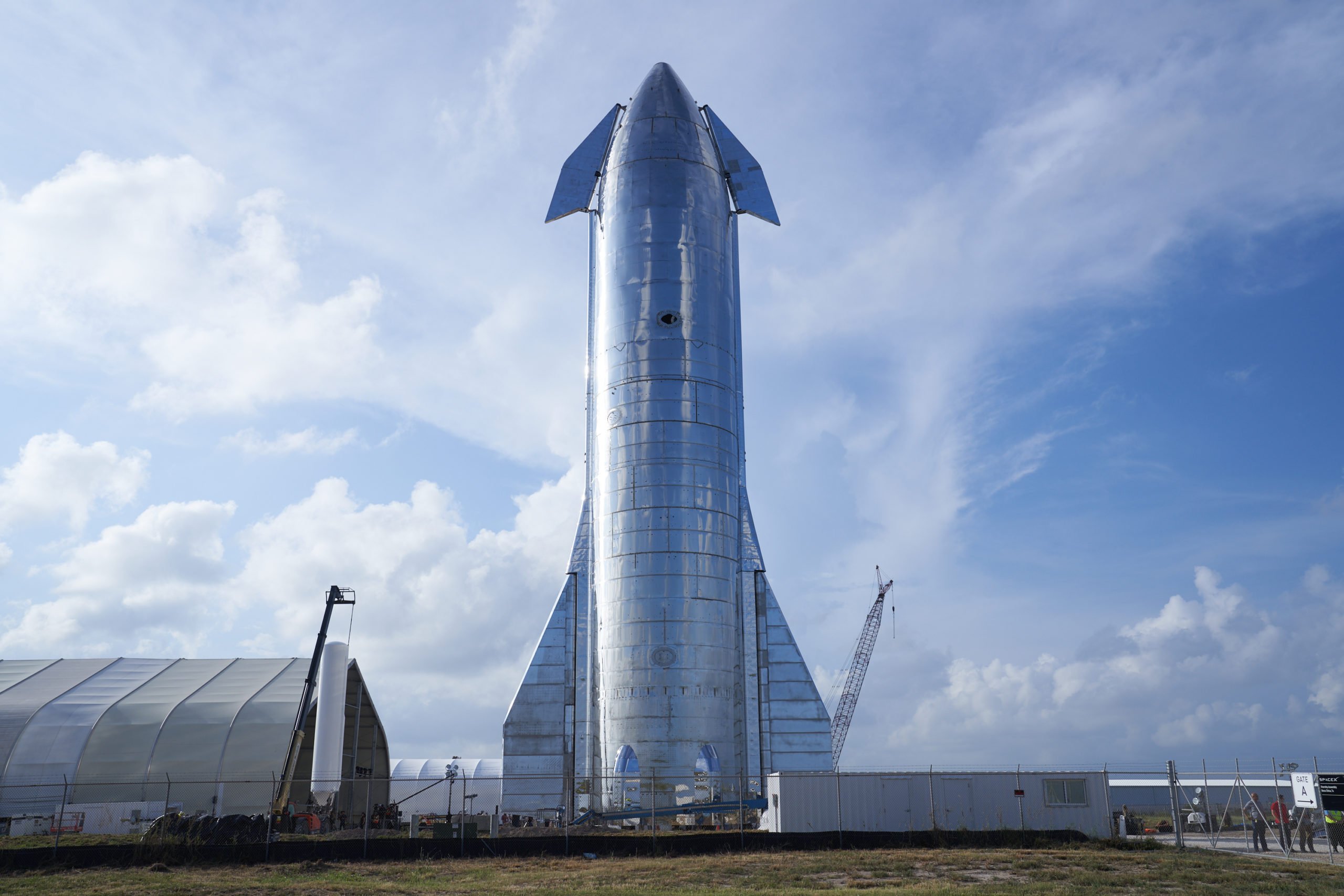
Elon Musk wants to use it to bring the human on the Moon (to remain there this time) and to bring it on Mars. It isn’t a case that the very first name of the prototype was Mars Colonial Transporter.
In march of the 2019 it’s started the first tests on a reduced size prototype of the Starship, called Starhopper.
At the moment the Starship is one between the three systems of landing selected for the space program of the NASA Artemis.
The launch of the last 9th of december
The last 9th of december of the 2020, at the 23:45 (italian time), the Starship of SpaceX took off from the launch pad Boca Chica. The launch took place after many delays caused by the weather and by technical problems.
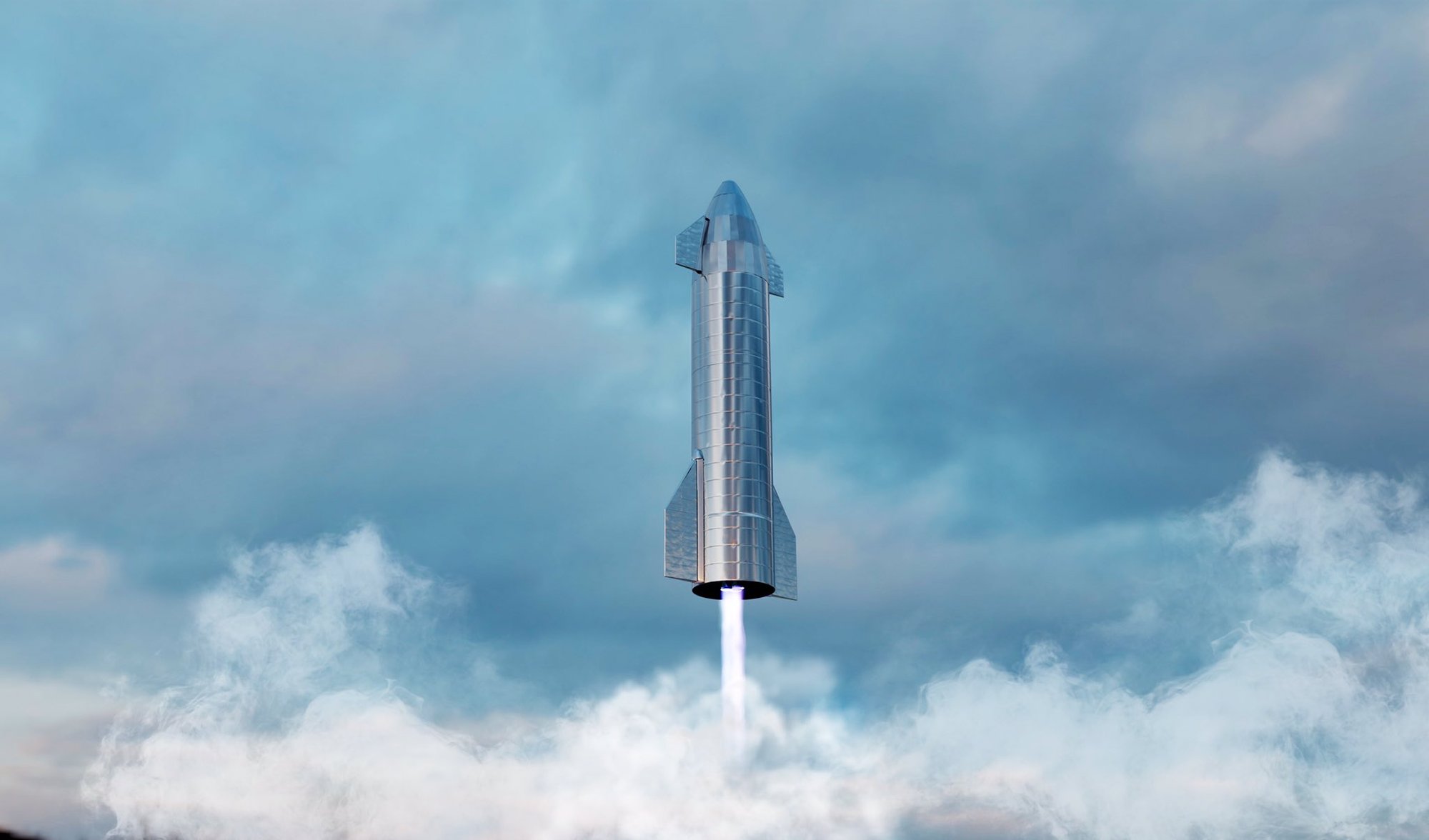
The Starship is the spaceship with which Elon Musk wants to bring the human on the Moon and on Mars.
Four tests in one for Starship
With the launch of the last 9th of december they had to test four different elements of the Starship of Space X. The first one was the usage of the Raptor engines. The second test was about four side wings, used to make the spaceship gliding while back in the atmosphere.
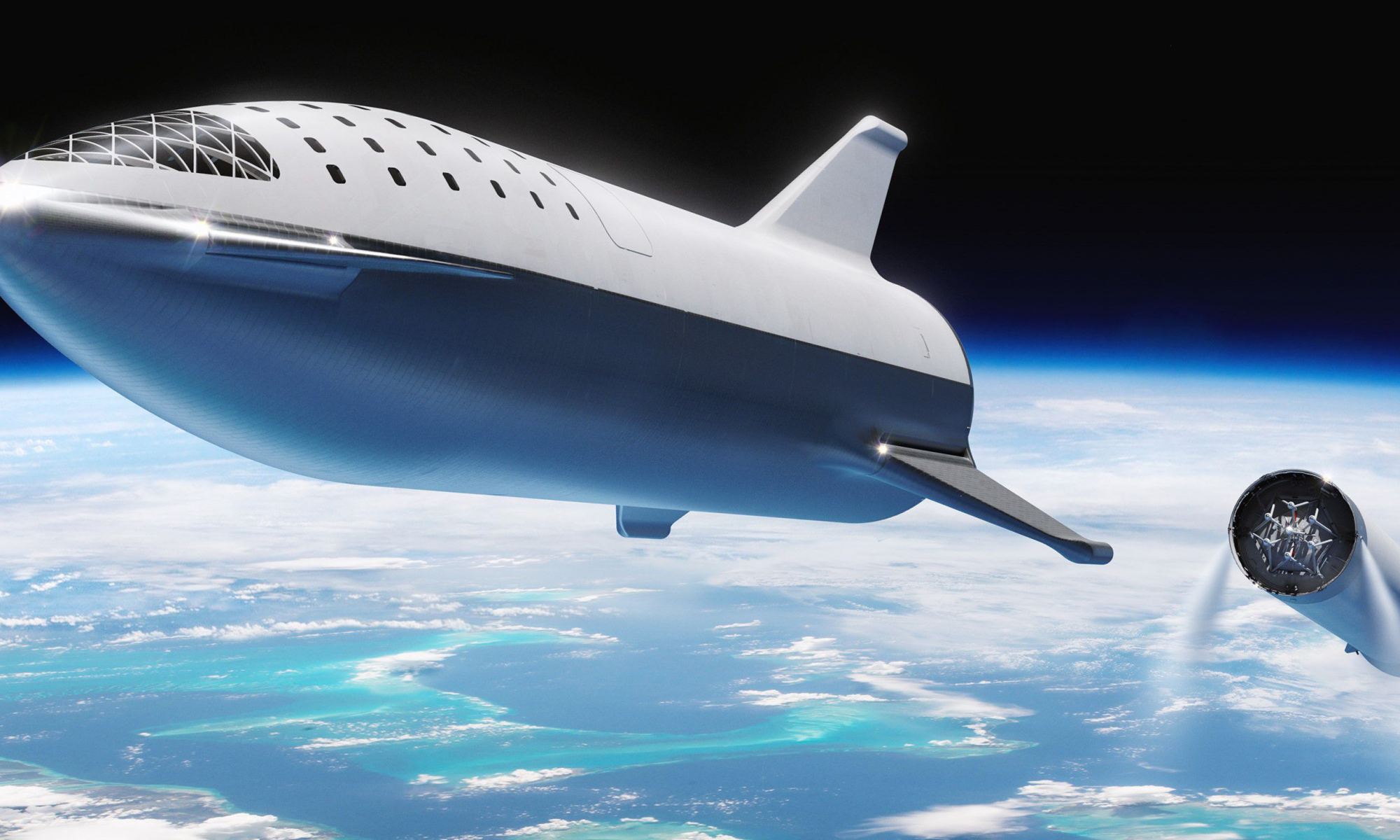
There were then the tanks to test. Especially two small header tank, which supply the engines during the downhill phase. Lastly, the test included the landing, in safety, of the Starship, by using the Raptor engines.
The Raptor engines of the Starship
Before to see how the test was let’s better clarify a main topic of the launch: what are the Raptor engines of Starship?
The Raptor engines work with methane and oxygen. The amazing thing of this fuel is that it can be produced straight on Mars, through the carbon dioxide of the atmosphere and from the frozen water of the poles.
How was the test?
Let’s come back to the topic, how was the test of the launch of the last 9th of december? Elon Musk and the team of Space X are satisfied, because three tests on four is a great result. By considering even that, Musk himlelf said, few days before the launch, that the possibility of a good result of the tests was only of the 30%.
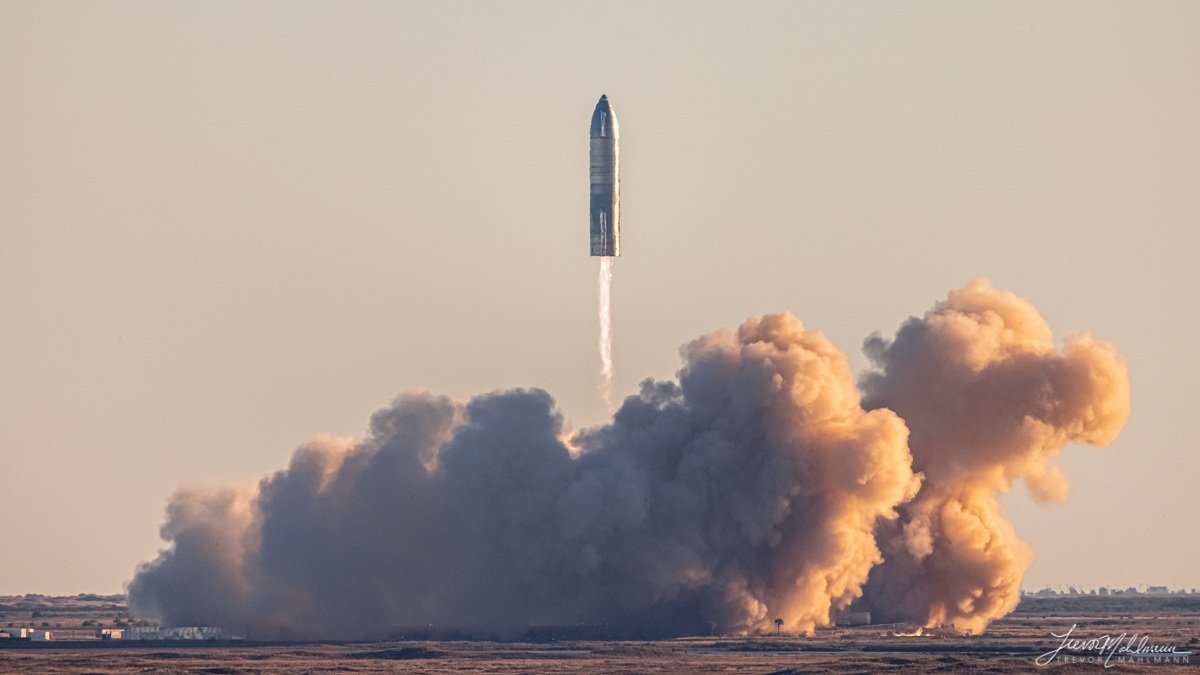
“To the second attempt the SN8 Starship of Space X did it! The prototype of the spaceship that “might bring human on Mars” arrived to the fixed quote for the test, 12 km, afterwards it came back to the base, by giving us a show… Here you have the images of what Elon Musk (the number one of Space X) defined a “perfectly done” test”.
A perfectly done test… the test was a success. It seems everything ok, however to a not expert eye the test doesn’t seem such perfect, because the show of what they were talking about is the explosion of the Starship itself.
But let’s understant what happened. The Raptor engines were tried and they perfectly work! And the four side wings? According to what we read on a tweet of Elon Musk they perfectly worked.
The Starship took off and it switched off three engines, at different altitudes, like it had to do. After that it reached the maximum quote and started the downhill. It switched on the engines again, and it took a vertical position and then it landed.
And it was right at the moment of the landing that the Starship exploded. But what happened?
The explosion of the Starship
The Starship SN8 of Space X explosed right when it touched the land. Musk claimed that the explosion was caused by a too fast landing and a lack of power of the engines. Maybe all of it happened because the two header tank are placed too far away from the engines.
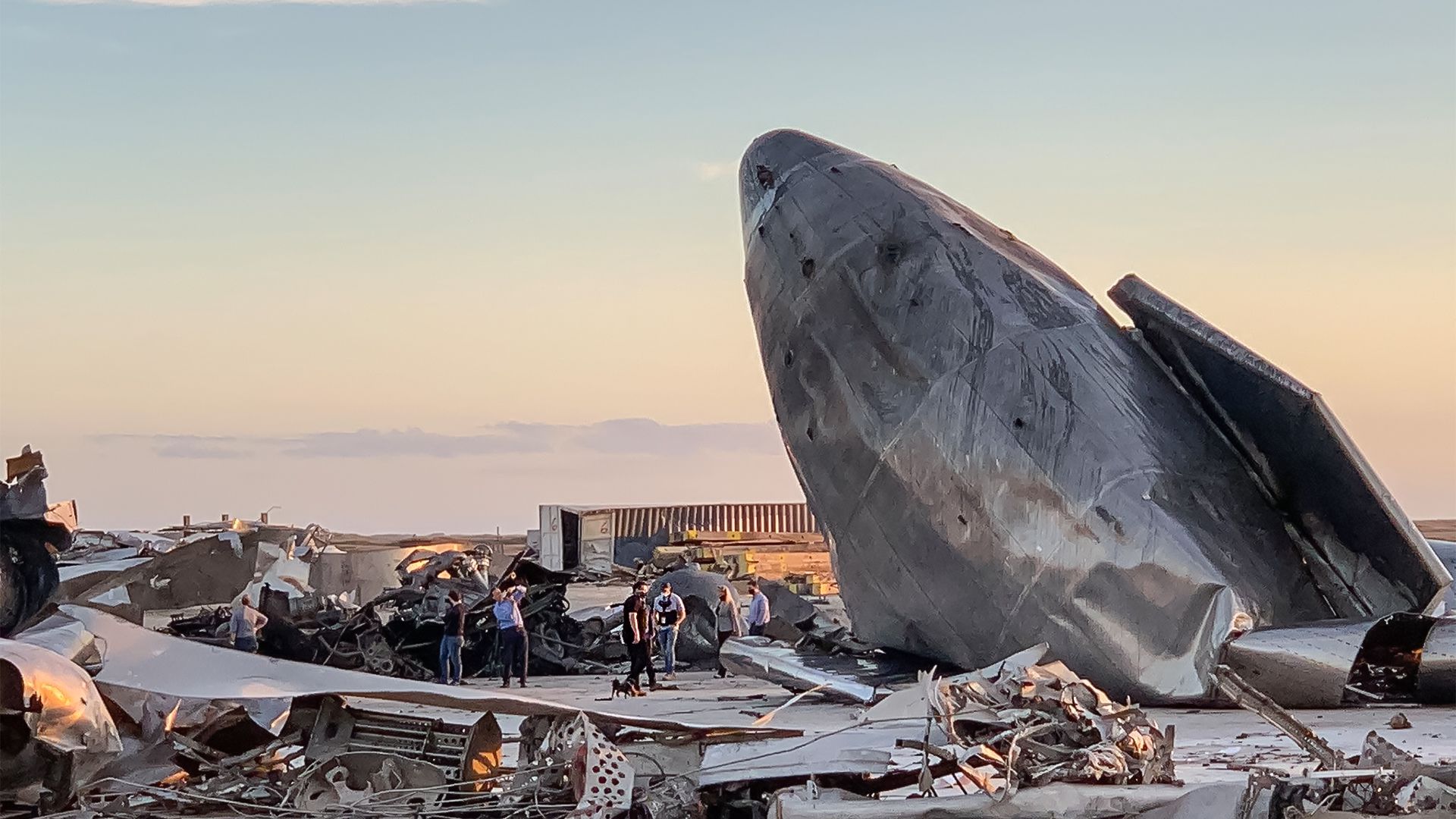
And that’s the reason for which during the landing the engines lacked of power.
But according to Elon Musk the test was a success anyway. And the next prototype, the Starship SN9 is already ready, while the SN10, SN11 and SN12 are in an assembly phase.
Elon Musk wants to bring the humans on the Moon until the 2023 and on Mars until the 2026. So there isn’t much more time.
This post is also available in:
 Italiano
Italiano

